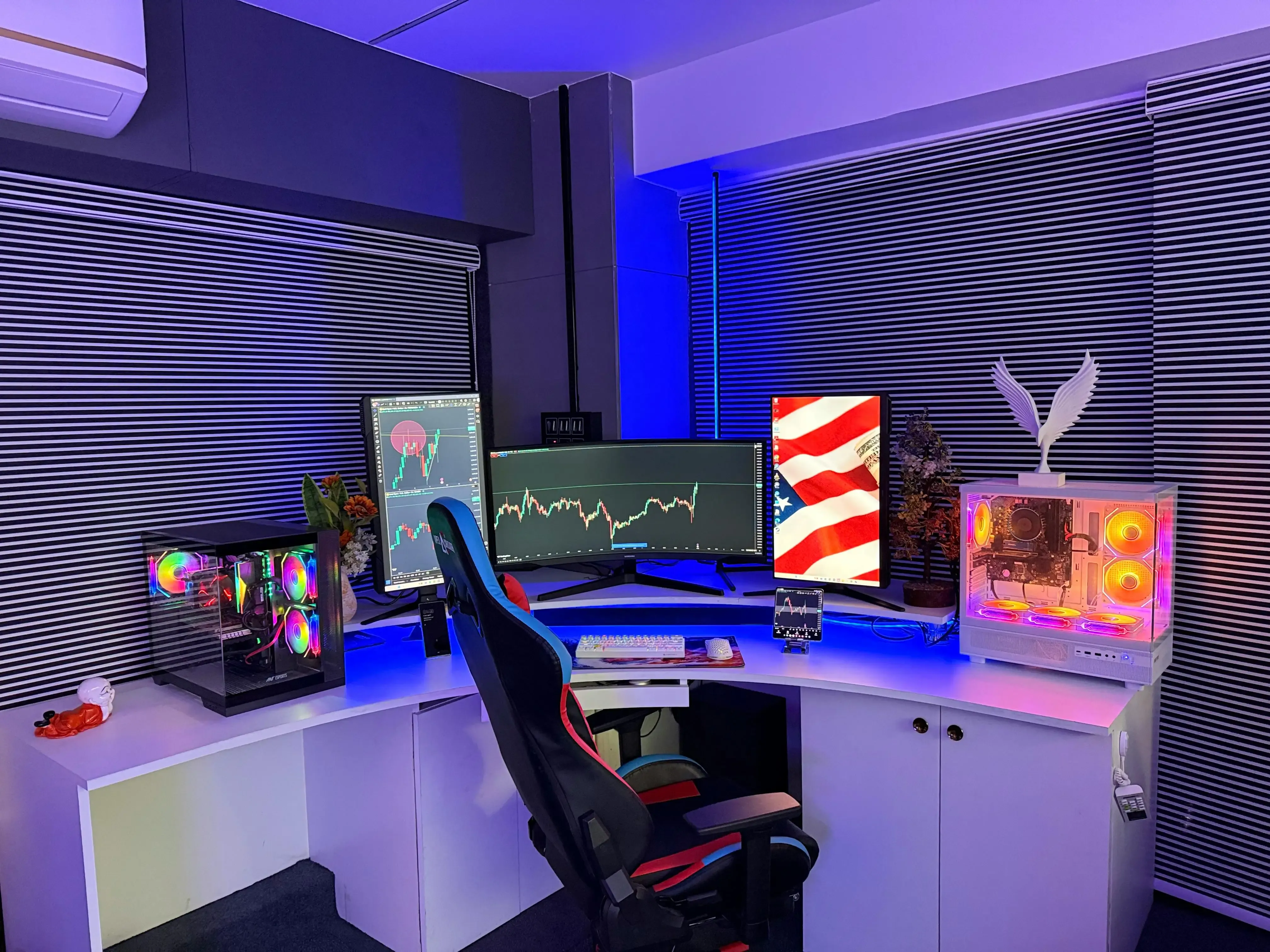Gaming Chair Buying Guide
Choosing the right gaming chair can significantly impact your comfort, health, and overall experience during long sessions. Here's a guide to key considerations:
Ergonomics and Adjustability
A good gaming chair should offer various adjustments to support your body's natural curves and promote healthy posture. Look for features like adjustable seat height, recline functionality (allowing you to lean back for breaks), and most importantly, lumbar support. Some chairs offer built-in, adjustable lumbar support, while others rely on external pillows.
Adjustable armrests (2D, 3D, or 4D) are crucial for supporting your arms and shoulders, reducing strain. A headrest or neck pillow should also be present to support your upper spine.
Materials and Breathability
-
PU Leather / PVC Leather offers a sleek look and is generally easy to clean, but can retain heat, potentially leading to discomfort during long sessions.
-
Fabric is typically more breathable and softer, promoting better airflow to keep you cool. However, fabric can be more prone to staining and might require more frequent cleaning.
-
Mesh is highly breathable and excellent for air circulation, preventing heat and moisture buildup, though it may offer less cushioning than foam-padded options.
Build Quality and Durability
-
A sturdy steel frame is vital for long-term integrity.
-
The chair base (e.g., aluminum, steel) should be robust to prevent wobbling and support weight effectively.
-
A Class 4 gas lift is the highest grade, ensuring smooth and reliable height adjustment while supporting heavier loads.
-
High-density cold-molded foam in the seat and backrest maintains shape and support over time, resisting sagging.
-
Look for certifications like BIFMA or EN 1335, which indicate that the chair has passed rigorous industry tests for safety, durability, and performance.
Size
-
Check the manufacturer's recommended height and weight capacities. Don't just rely on "Small," "Regular," or "XL" labels, as these can vary significantly between brands.
-
Seat Depth: Sit with your back against a wall or the back of a chair, knees bent at about a 90-degree angle. Measure from the back of your buttocks to the back of your knee. When sitting in a chair, you should have a 2-4 finger gap between the front edge of the seat and the back of your knees. A seat that's too deep will cut off circulation behind your knees and force you to slouch.
-
Seat Width: Sit comfortably on a flat surface and measure the widest point across your hips. When considering chair seat width, ensure there's enough space for comfortable movement, ideally 2-4 inches wider than your hips.

Final Thoughts
We've explored everything from crucial ergonomics, such as adjustable lumbar and armrests, to the feel of different materials, including breathable fabric versus sleek leatherette, and the absolute necessity of matching a chair's dimensions to your own body. Don't forget that solid build quality, with a strong frame and good gas lift, is key for long-term comfort.
However, if I’m being honest, while many gaming chairs sport that cool "racing seat" design, these can often be surprisingly uncomfortable and restrictive for long sessions, particularly if you're broader. If you're seeking ultimate ergonomic comfort over a specific aesthetic, I genuinely suggest exploring options typically found in office chairs – they often prioritize adaptability and support.
For those seeking the absolute best experience within the gaming chair category, the Secretlab Titan Evo truly stands out with its innovative, customizable support. If budget is key, the GTPLAYER Gaming Chair offers surprising comfort for the price.
FAQs
1. What's the expected lifespan of a gaming chair?
The lifespan of a gaming chair typically ranges from 3 to 5 years, depending on its build quality and frequency of use. Premium gaming chairs, often built with sturdy frames and high-density foam, can last longer.
2. How often should I clean my gaming chair? What products should I use?
Regular cleaning, ideally weekly for light dusting and monthly for deeper cleaning, helps maintain your chair's appearance and durability. For leatherette, a soft cloth with a mild soap and water solution is often effective. Fabric chairs may require vacuuming and spot cleaning with appropriate fabric cleaners, always testing on an inconspicuous area first.
3. How can I fix a gaming chair that keeps sinking or losing height?
The most common culprit is a faulty gas lift cylinder that has lost its internal pressure due to wear or leakage. Temporary fixes like using a hose clamp or PVC pipe around the cylinder can manually lock the chair at a desired height. For a permanent solution, replacing the gas cylinder is typically necessary.
4. What kind of maintenance does a gaming chair require to last longer?
Regular maintenance is key. This includes frequently cleaning the upholstery according to its material (fabric, leatherette), checking and tightening all screws periodically to maintain stability, and lubricating moving parts like the tilt mechanism and wheels to ensure smooth operation and prevent squeaking.
5. Are gaming chair wheels safe for all floor types, like hardwood or carpet?
The safety of wheels depends on their material. Hard plastic or nylon casters are generally suited for carpeted floors, as they can glide more easily. For hardwood, laminate, or tile floors, soft wheels made of polyurethane or rubber are highly recommended as they prevent scratches, scuffs, and roll more quietly.























